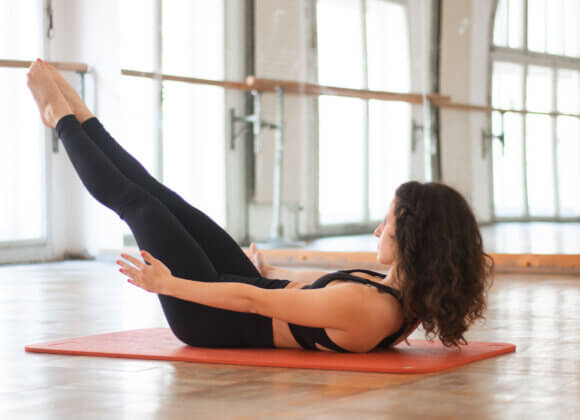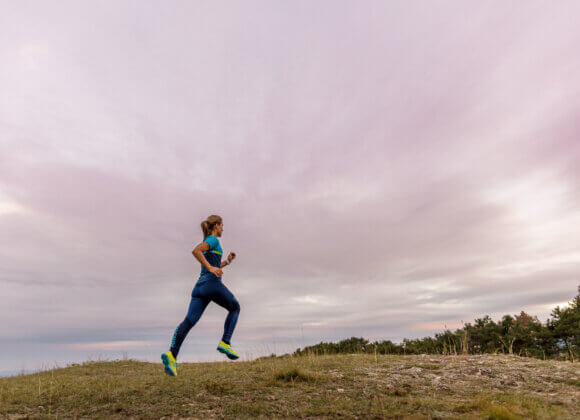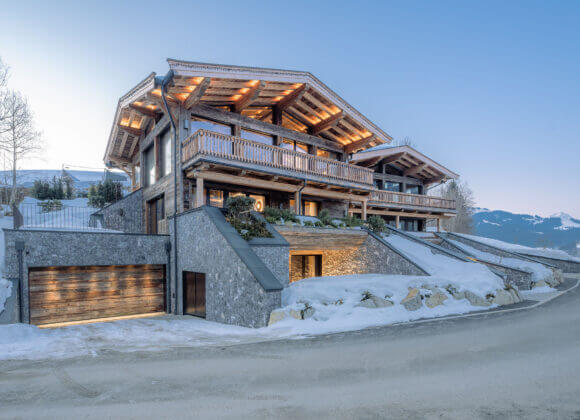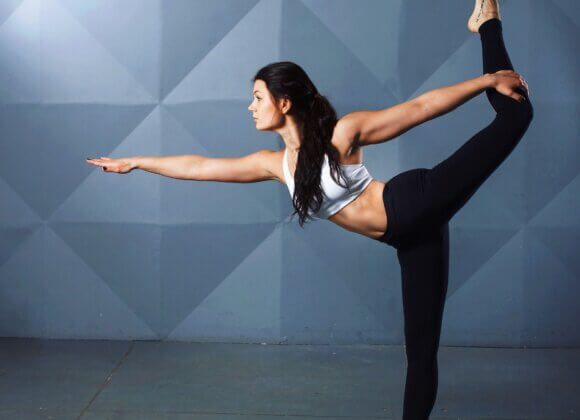If you want to get off to a good start to the new ski season, you should start training in good time – because strength, stability and flexibility determine how safe and powerful we are on the slopes. Fitness professional Alfredo Scarlata (mypersonaltrainer.at) explains what mistakes many people make, which muscle groups are really important and how to prepare optimally for the first day of skiing.
The first turn of the season often feels wonderful – if it weren’t for the sore muscles, burning thighs or early afternoon fatigue. Many skiers underestimate the strain on the body and how much targeted preparation training can prevent injuries. Personal trainer Alfredo Scarlata explains why running alone is not enough, what role the core muscles play and why flexibility training is a game changer for anyone who wants to get through the winter with a swing.
Mr. Scarlata, what do skiers do wrong when preparing for the season?
Many people start too late – often just a few days before their first day of skiing. The body then lacks the necessary strength, stability and stress tolerance for the unaccustomed strain. Training is also often too one-sided: Running or cycling are overrated, while targeted strength and coordination training is neglected. In addition, many people forget to build up their core muscles and joint stability – both of which are crucial for injury prevention.
So which muscle groups are most important for safe and powerful skiing?
The focus is clearly on the leg muscles – especially the quadriceps, glutes, hamstrings and calves. Equally important are the core muscles, i.e. the abdomen and back, as they provide stability and control the upper body during turns. Often underestimated are the foot and hip stabilizers, which ensure balance and quick reactions when the ground is uneven.
What are the typical risks or injuries caused by a lack of fitness?
A lack of strength and stability increases the risk of cruciate ligament injuries, meniscus problems and torn ankle ligaments. Many injuries occur in the afternoon when the muscles become tired – a sign that basic endurance is lacking. Back pain after a day of skiing is also often the result of weak core muscles and poor mobility.
What is most often underestimated in ski training – strength, endurance or flexibility?
Clearly: mobility and core stability. Many people focus exclusively on their leg muscles and forget how important good hip mobility and an active core are. They help to cushion falls and turn corners cleanly. Coordinative exercises – i.e. balance and responsiveness – are also often overlooked, even though they play a key role in skiing.
How long and how often should you train to be really fit for your first day of skiing?
Eight to ten weeks of targeted preparation is ideal. Two to three sessions per week are sufficient if they are structured sensibly – a mix of strength, endurance and flexibility. In the last two weeks before the vacation, the focus should be on leg and core strength, balance exercises and interval training in order to realistically simulate the strain on the slopes.
What simple measures help to avoid sore muscles and overstraining after the first few days of skiing?
Above all: start in good time. Sore muscles are often a sign of a lack of preparation. It is important to warm up briefly before a day’s skiing – around five to ten minutes of mobilization, squats or lunges – as well as stretching and fascia rolls after the day’s skiing. Regular breaks, sufficient fluids and light exercise in the evening, for example a walk or mobility exercises, support regeneration.
The 5 best exercises for perfect preparation
Aim: Preparation for the ski season – stronger legs, more stable core, better balance and reduced risk of injury.
Duration: approx. 15 minutes
Equipment: mat or carpet
Structure: 3 rounds of 5 exercises (45 seconds of exercise each, 15 seconds break)
Warm up (2 minutes)
- Jumping jack (30 sec.) – activate circulation
- Alternating knee lifts (30 sec.) – activate core
- Lateral lunges (30 sec.) – Mobilize hips
- Torso rotation while standing (30 sec.) – Loosen the spine
Exercise 1: Skater jumps (lateral jumps)
– Starting position slightly bent at the knee, weight on one leg.
– Jump sideways onto the other leg and bring the opposite arm forward (as when skiing).
– Trains leg muscles, balance and speed.
Tip: Always cushion your landing softly!
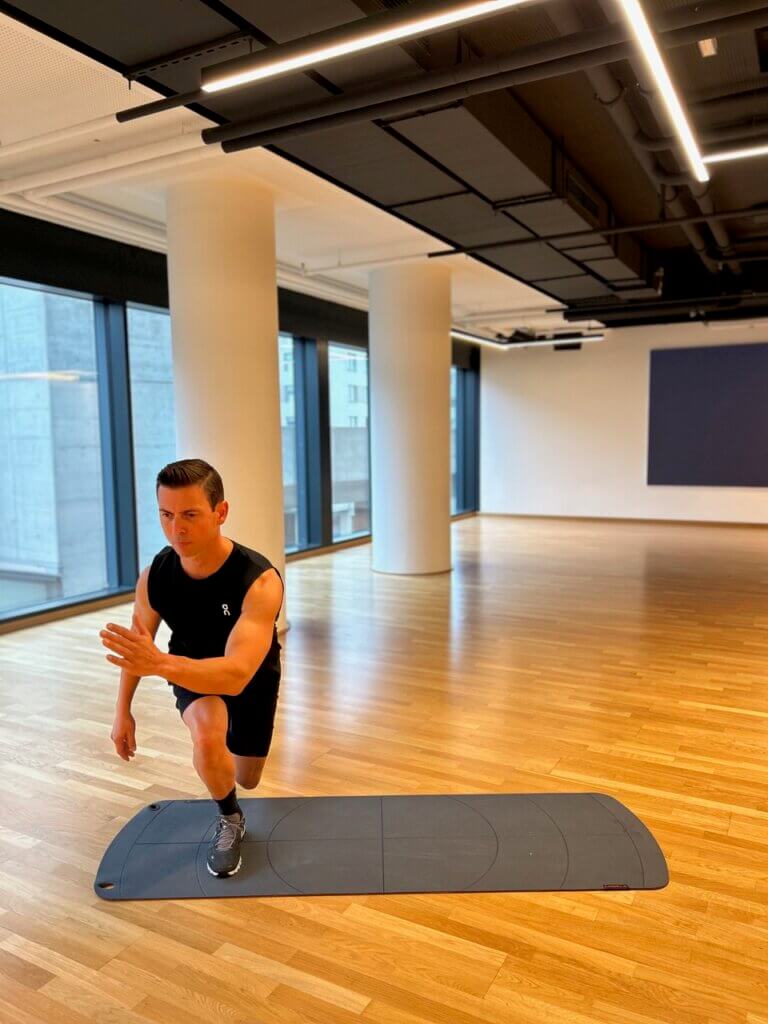

Exercise 2: Step-down or one-legged squat
– Stand on a step or stay on the ground.
– Lower yourself slowly, but make sure that your knee remains stable over your foot.
– 10-15 repetitions per leg.
→ Trains thighs, buttocks and joint stability.
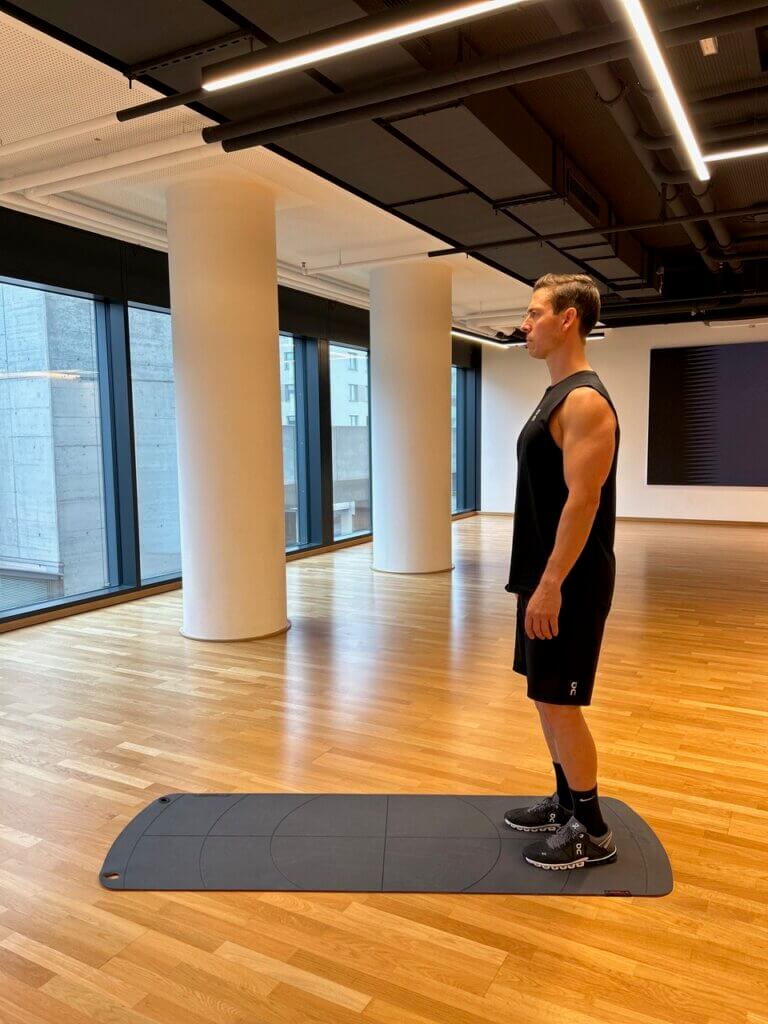
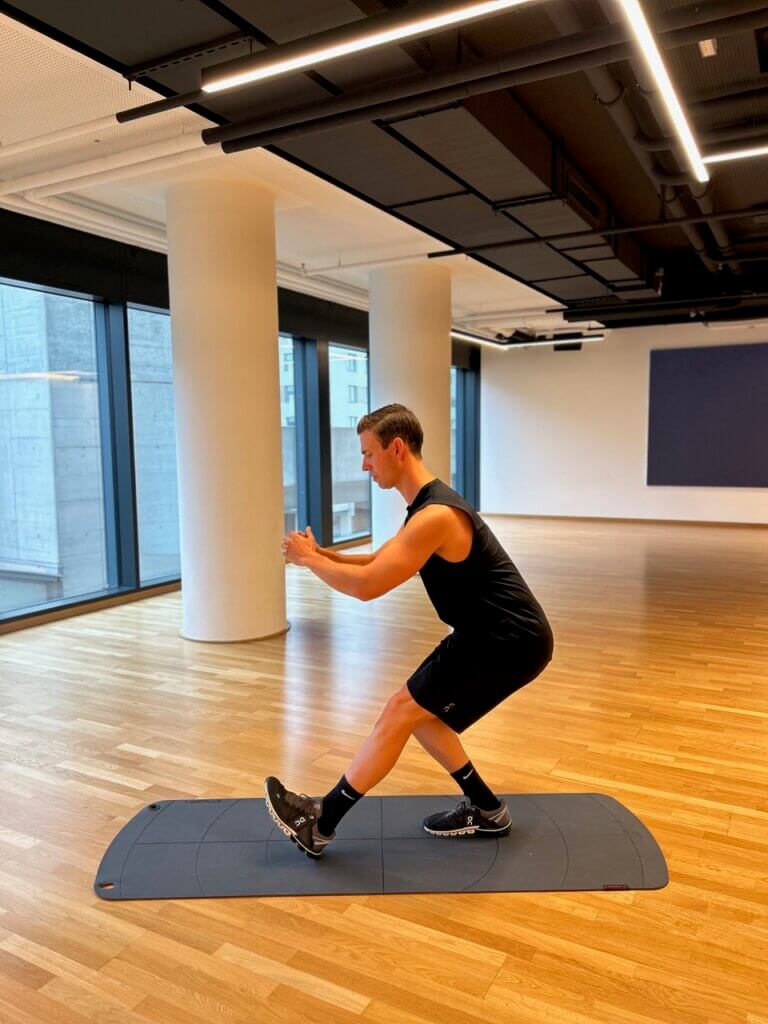
Exercise 3: Plank with shoulder taps
– In push-up position, feet hip-width apart.
– Alternately tap one hand on the opposite shoulder without moving the pelvis.
→ Strengthens the core, shoulders and balance.
Tip: Execute slowly – quality before speed!

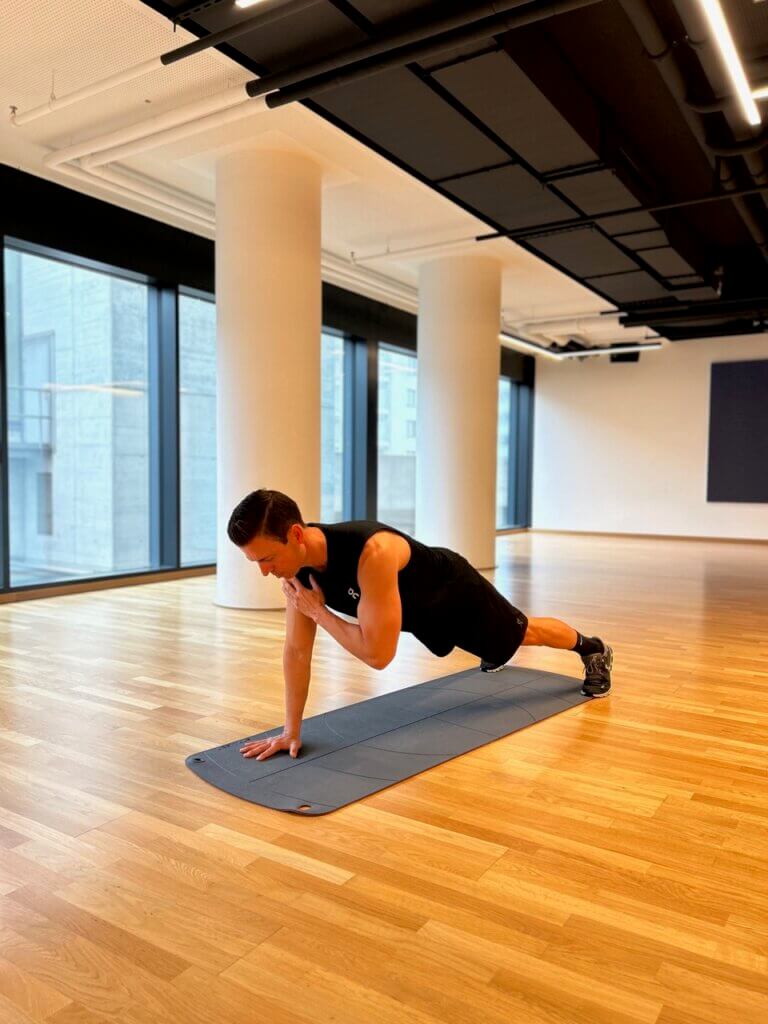
Exercise 4: Lunge with rotation
– Big step forward, knee over ankle.
– Cross your arms in front of your chest and turn your upper body over your front leg.
→ Combines leg training with trunk activation and hip mobility.


Exercise 5: Side plank with hip lift
– Forearm support sideways, body in line.
– Slowly lower your hips and raise them again.
→ Trains lateral abdominal muscles, buttocks and core stability.
Variation: Lowering the knees for beginners.

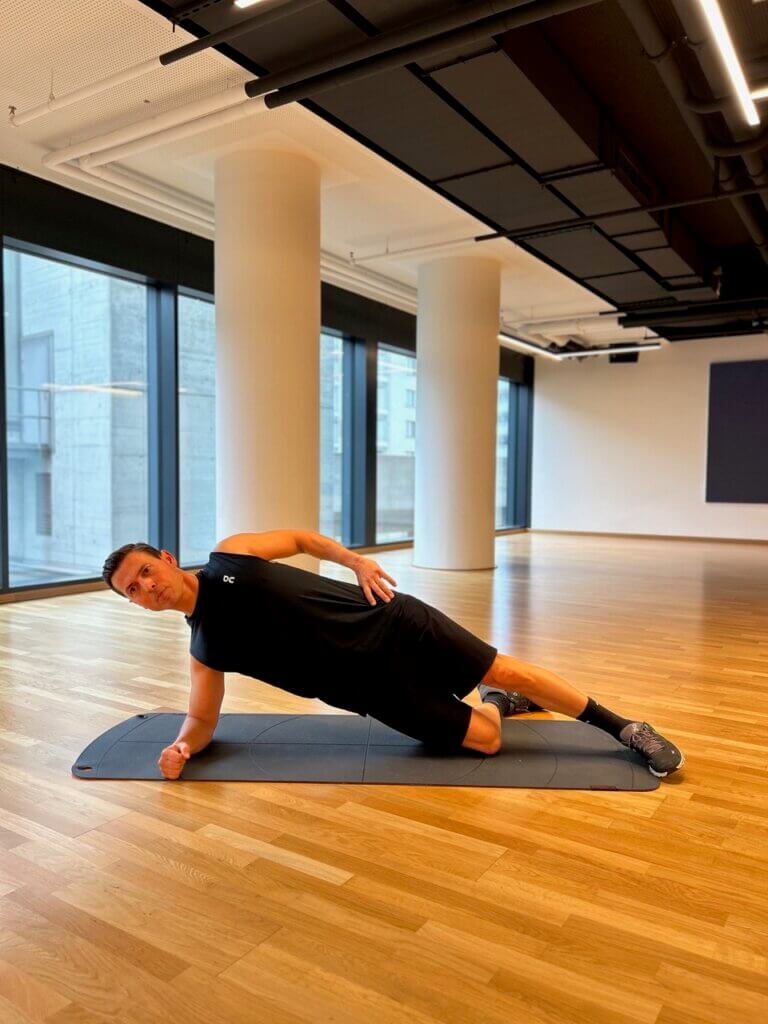
Cool-down (2-3 minutes)
- Thigh stretch – standing, 30 seconds per side
- Buttock and hip stretch – sitting or lying down
- Back mobilization (Cat-Cow) – move the spine through
- Deep breathing while standing – reduce heart rate
Expert tip from Alfredo Scarlata: “Start with these 15 minutes two or three times a week. After just two weeks, you will notice how your leg and core stability improves. If you start early, you will not only ride more safely in winter, but also with more power and fun!”
Our expert

Alfredo Scarlata is a sports scientist and personal trainer in Vienna. He specializes in functional training, prevention and performance enhancement, and also works as a longevity coach.
Website: www.mypersonaltrainer.at
Related posts:
Longevity or: Is 40 the new 30?
Running for beginners – how do you get off to the right start?


